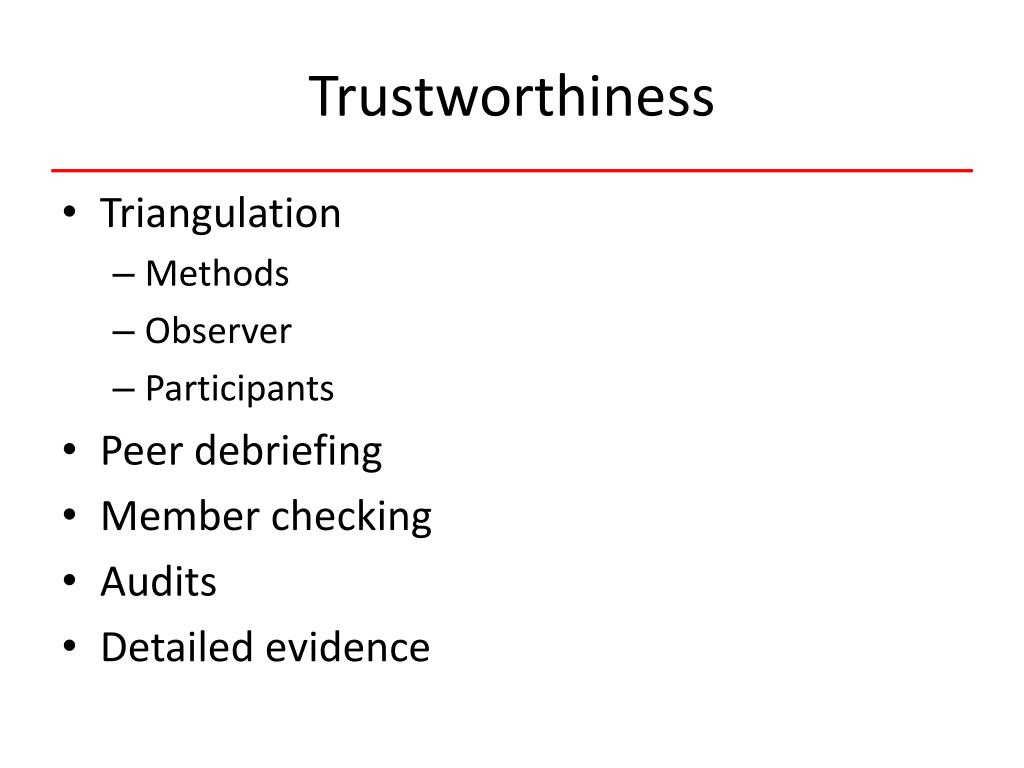
As one qualitative researcher noted, “I knew that I was not at home in the world of numbers long before I realized that I was at home in the world of words.”

“Qualitative researchers seek to make sense of personal stories and the ways in which they intersect” (Glesne & Peshkin, 1992).

It is unfair to judge qualitative research by a quantitative research paradigm, just as it is unfair to judge quantitative research from the qualitative research paradigm. Five common types of qualitative research are grounded theory, ethnographic, narrative research, case studies, and phenomenology. The term qualitative research is used as an umbrella term to refer to several research strategies. Accessed on October 15, 2020.Although researchers in anthropology and sociology have used the approach known as qualitative research for a century, the term was not used in the social sciences until the late 1960s. What is trustworthiness in qualitative research? Internet. See reference for more information.Īdapted from Statistical Consulting Blog. Researchers can use inquiry audit (an outside person to review and examine the process) in order to establish dependability. If another person wants to replicate the study, they should have enough information from the report to do so and obtain similar findings. Dependability, or the extent that the study could be repeated by other researchers and that the findings would be consistent. Researchers can provide an audit trail, which highlights every step of data analysis that was made in order to provide a rationale for the decisions made. This occurs when the findings are based on participants’ responses and not any potential bias or personal motivations of the researcher. Confirmability, or the degree of neutrality in the research study’s findings.

Researchers can use detailed descriptions to show that the research study’s findings can be applicable to other contexts, circumstances, and situations. Transferability, or how the qualitative researcher demonstrates that the research study’s findings are applicable to similar situations, populations, and phenomena. Researchers can use triangulation to show that the research study’s findings are credible. Credibility, or how confident the qualitative researcher is in the truth of the research study’s findings. Trustworthiness in qualitative studies is about establishing the following.


 0 kommentar(er)
0 kommentar(er)
